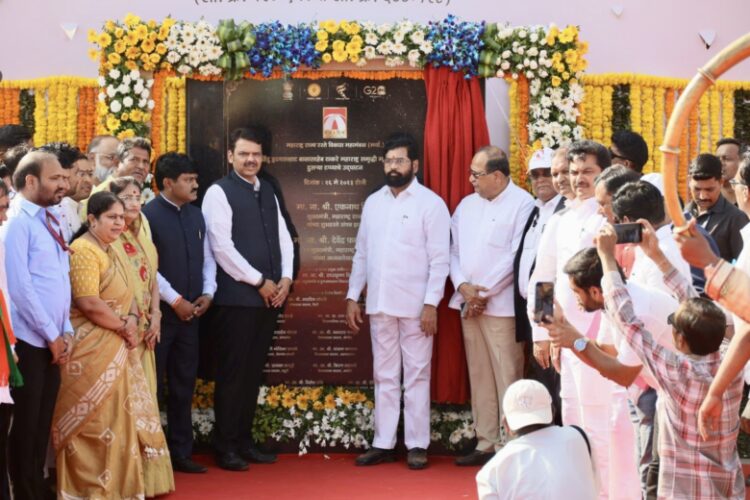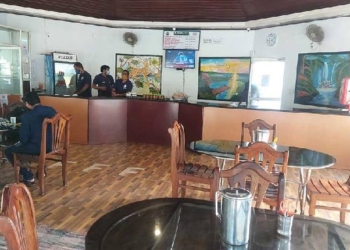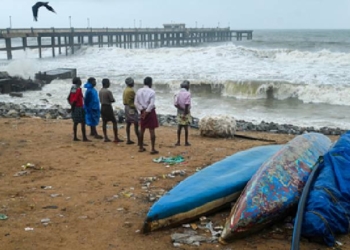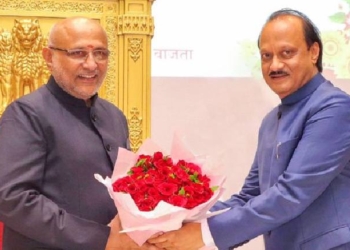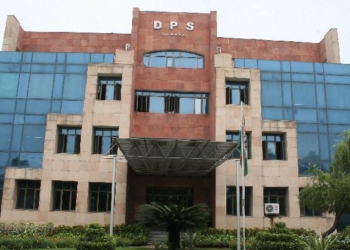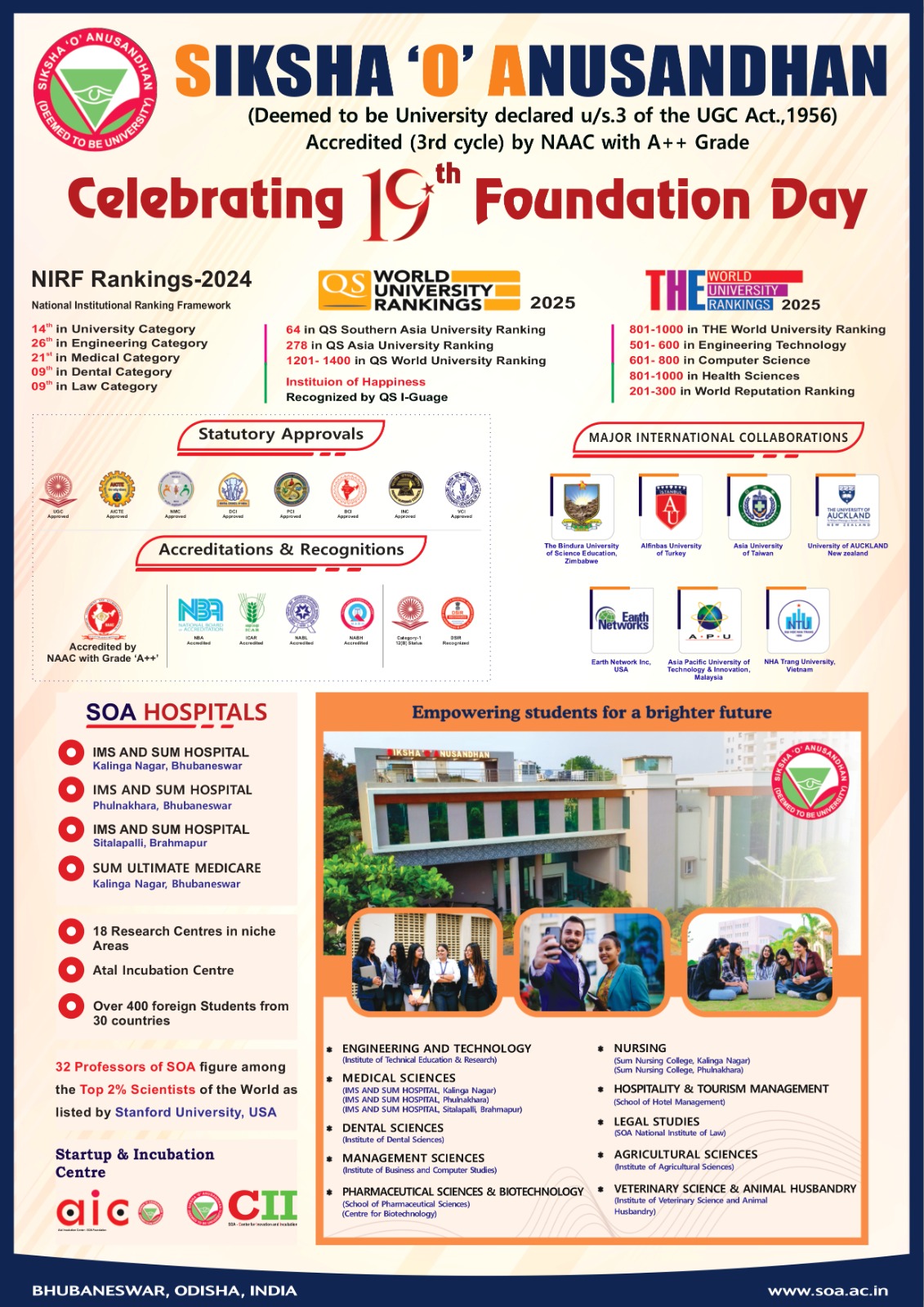Ahmednagar: Maharashtra Chief Minister Eknath Shinde and Deputy CM Devendra Fadnavis on Friday threw open the 80-km stretch of the Nagpur-Mumbai SuperExpressway section between Shirdi-Igatpuri (Bharvir).
The 701-km-long ‘Hindu HrudaySamrat Balasaheb Thackeray Maharashtra Samruddhi Mahamarg’ is being built at a cost of around Rs 55,350 crore and the 520-km-long Nagpur-Shirdi stretch (Phase I) was inaugurated by Prime Minister Narendra Modi in December 2022.
Being constructed by the Maharashtra State Road Development Corporation (MSRDC), when completed, the new highway will pass through 10 districts and slash the travel time from the existing around 16 hours to barely 8 hours between the state capital and second capital, officials said.
En route, it will touch another five districts, 392 villages and scores of big and small towns, besides major industrial locations like MIHAN, the JNPA, the upcoming new Navi Mumbai International Airport, popular religious and tourism destinations, the Delhi-Mumbai Expressway, the Mumbai-Pune Expressway, the Mumbai-Goa Highway, etc.
Considered the dream project of Fadnavis when he was the CM (2014-2019) and Shinde was the PWD Minister, work on it started in 2015, and the Phase III from Igatpuri to Mumbai is likely to be ready in the next 6-8 months.
The six-lane, access-controlled, Greenfield SuperExpressway will allow vehicles to zoom at top speeds of 120 kmph on plain terrain though it will be restricted to 100-kmps in the hills and ghats sections.
The Phase II comprises toll booths, 30 underpasses, 18 minor and 7 major bridges, 23 light vehicular underpasses, three plazas and other facilities, and will benefit around one-third of the state’s population living along its periphery of the Samruddhi Mahamarg.
To compensate for the project, the government is planting nearly 25 lakh trees on both sides with adequate care taken for movement of wild animals as it will traverse through three wildlife reserves like Katepurna (Akola), Karanja-Sohol (Washim) and Tansa (Thane).
The new SuperExpressway is expected to boost trade, commerce, economy, generate direct and indirect employment opportunities, reduce migration from rural to urban centres, bring medicare close to remote sections of the population and give a fillip to pilgrimage and destination tourism.
(IANS)




